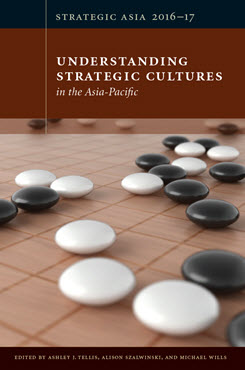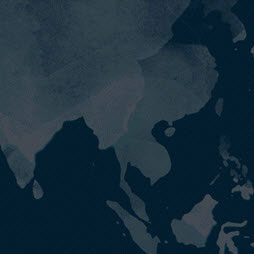U.S. Strategic Culture
Liberalism with Limited Liability
This chapter analyzes the central components of U.S. strategic culture, considers the historical and contemporary sources of tension in that culture, and assesses their foreign policy implications.
EXECUTIVE SUMMARY
MAIN ARGUMENT
U.S. strategic culture is informed by classically liberal assumptions dating back to the nation’s founding. According to these assumptions, the U.S. has a special role to play in promoting a more open, democratic, and liberal international order, whether by expansion or example. Yet there has always been lively debate within the U.S. over how best to promote such an order. A strong emphasis on limited liability in strategic affairs exists alongside these liberal internationalist assumptions, modifying and constraining the country in significant ways. These dual emphases—a liberal world order pursued at a limited expense—often create tensions in U.S. foreign policy strategy, encouraging gaps between ends and means. Dissident strategic subcultures also exist, notably those of progressivism and nationalism, both of which surged to prominence during the 2016 presidential primaries. It remains unclear whether these dissident strains can be reconciled with continued U.S. support for a liberal international order.
POLICY IMPLICATIONS
- U.S. strategic culture tends to encourage gaps between declared liberal internationalist ends and limited forward means. These gaps have been observable even in relatively successful cases, such as the rebalancing of U.S. foreign policy to Asia.
- A central task of the next president will be to address these gaps—for example, by bolstering U.S. diplomatic, economic, and military presence in East Asia.
- The perceived failure to close the gaps between ends and means in U.S. policy toward China, in particular, will only increase the likely severity of a nationalist backlash within the U.S.
Strategic Asia
The Strategic Asia annual edited volume incorporates assessments of economic, political, and military trends and focuses on the strategies that drive policy in the region. Learn more about Strategic Asia.



